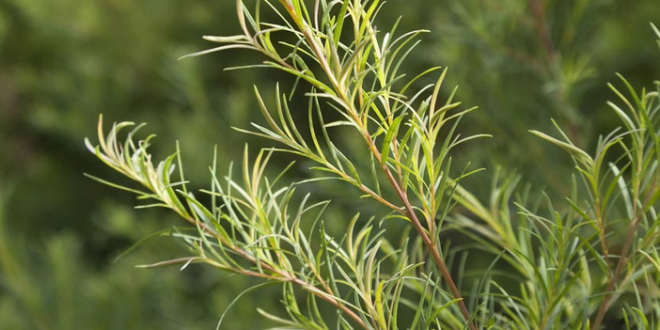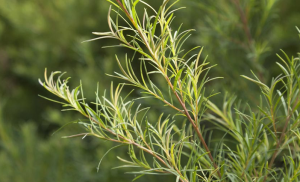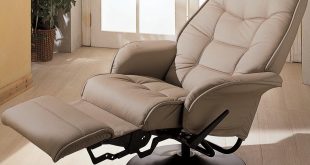Lately, there has been an increasing spread of information on the use of Tea Tree oil and other essential oils for cosmetic applications.
I challenge anyone who is a minimum in organic or natural cosmetics not to have a bottle of Tea Tree oil at home, proposed everywhere as a panacea.
With the development of the art of “spignatto” and do-it-yourself cosmetics, recipes that include Tea Tree oil have begun to proliferate: creams, face masks, post-puncture sticks, anti-pimple sticks, etc …
Furthermore, since the web is a great source of information but sometimes also of disinformation, too often, there is confusion between vegetable oils and essential oils. This creates doubts about the application of these two very different products.
We, therefore, need some clarity.
Essential oil
What is tea tree oil?
Tea Tree Oil is the essential oil of Tea Tree or Tea Tree (Melaleuca Alternifolia), a plant that grows in Australia. The aborigines have always used its leaves for their known antibacterial, antifungal, antiseptic properties, in case of insect bites etc …
With us, Tea Tree essential oil is used as a natural remedy, precisely for the aforementioned properties and also in cosmetics for impurities, acne, oily skin. Many creams or lotions have Tea Tree among the active ingredients.
Clever use of Tea Tree essential oil is not harmful.
A cream that contains Tea Tree can be great for removing impurities in oily or acne-prone skin.
A couple of drops of Tea Tree oil mixed with a few teaspoons of clay and a hydrolase can make up a simple but effective face mask in case of oily or impure skin. To be applied once a week on clean skin, leave on for 5 minutes and then rinse, following the normal facial care routine (toning-hydration).
However…
1) Tea Tree oil is an essential oil, not vegetable oil.
Vegetable oils are oils obtained from kernels, seeds, roots etc.…. mostly through pressing. Some common vegetable oils are olive, sweet almond, argon, coconut, rose hip, avocado, wheat germ, rice bran oil …
These oils can be used pure on the skin, even daily. Depending on the properties of the individual oil, they can have a nourishing, elasticizing, protective action, be rich in vitamins and other nutrients important for the well-being of our skin.
Vegetable oils can also be used in generous doses.
Essential oils, on the other hand, are mostly obtained from the steam distillation of part of some plants. Essential oil is an extremely concentrated oil that contains all the essence of the plant itself. This is why it should be used in moderation. Not for nothing the bottles of essential oil are usually equipped with droppers, to make a measured use.
Moreover, usually, essential oils are not used pure but are diluted in vegetable oils. Tea Tree oil is an exception because it can occasionally be used pure. It is not the only one; however: even lavender oil can occasionally be used pure.
However, here too, it is a question of moderation. One thing is a localized application and for a few days of 1-2 drops of essential oil on an imperfection, in the case of herpes, etc. Another thing is to use it as a tonic and apply it every day all over the face.
I happened to hear girls complaining because their skin was irritated after they had applied tea tree or lemon essential oil all over their face for days like a cream. After all, “the pimples were everywhere”.
The correct use of pure Tea Tree oil is effortless: localized application and for a short period. The rest is abuse and as such, has contraindications.
2) You must use the essential oil suitable for your skin type.
Tea Tree essential oil is not a panacea! It does not solve every evil; it cannot suit anyone, for any skin type, in any case. The same face mask proposed above (clay + tea tree) can be too aggressive in case of dry or sensitive skin.
It must be used appropriately according to the type of skin and avoid abuse. Just because we have read a recipe on the internet or our sister or friend has tried it, does not mean that it will necessarily be good for us. Each of us is different and needs different attention.
Adding a couple of drops of Tea Tree oil to the face cream can be useful in some cases but totally unsuitable in others. We cannot think that a powerful essential oil such as Tea Tree, recommended for oily and impure skin, can be suitable for dry, sensitive, delicate skin.
For these skins, we will focus on more suitable essential oils, such as lavender (easily available and with multiple uses), geranium or the (much more expensive) rose.
You have to listen to your skin and evaluate what it needs to feel good!
3) All essential oils should be used with caution for children.
There is nothing more delicate than the skin of babies. Yet more and more often I hear of mothers who use pure essential oils on babies to make them fall asleep, to give massages or to prevent lice.
Even a mother told me to apply a mix of essential oils of Tea Tree, Rosemary and Eucalyptus every night to make her baby breathe better at night. She got the recipe from the internet.
These are exaggerations that can also lead to serious problems. Essential oils, so concentrated, should not be used pure on the delicate skin of babies! And even if we dilute them in sweet almond oil, we must not abuse them anyway.
On infants and children under 2 years of age, they should be avoided altogether.
To make the children breathe well, you can put a few drops of Tea Tree oil or essential balsamic oil (e.g., Eucalyptus, Pine …) in the water tank of the radiator in the children’s room or an essential oil diffuser. This allows to spread the i.e. and to purify the air without going to act directly on the children’s skin.
For a relaxing massage, there are specific vegetable oils on the market designed for children that contain the right balance of essential oils, and in this way, there is no risk of overdoing the doses.
For the prevention and treatment of pediculosis, if you do not want to resort to chemical shampoos and are looking for a natural method, certainly an application of neem oil (vegetable oil) is recommended for school-age children. In the case of acute lice infestation, a few drops of Tea Tree, the essential oil can be added to the neem oil to make a more intense application.
But applying pure Tea Tree essential oil every evening on the delicate skin of a child, as I heard some mothers say, is absolutely to be avoided! The risk is to find yourself than with bad irritations and with sensitization to an essential oil used inappropriately.
4) It should be used at the right doses in do-it-yourself cosmetics.
Do-it-yourself or “Auragano” cosmetics is a noble art. You need to have competence, experience and common sense to exercise it.
Given that there is the feeling that do-it-yourself cosmetics are more “genuine” and “better” than traditional cosmetics, it is often thought that everything is allowed, even the abuse of active ingredients.
It is not so. A homemade cream, however genuine, if excessively loaded with essential oils can do more harm than good.
This is why it is important to have a thorough understanding of what you are doing, of the properties of essential oils, as well as of any side effects.
summing up
Tea Tree oil and other essential oils can be useful allies for our health and the beauty of our skin, but clever use of o.e. some basic rules need to be followed:
- Dilution in vegetable oils;
- Pure tea tree or lavender only and only for localized and time-limited applications;
- Use in drops, not in liters!
- NO on children under 2-3 years;
- Knowledge of the plant and its properties;
- Common sense!
 Universal Bloggers
Universal Bloggers





